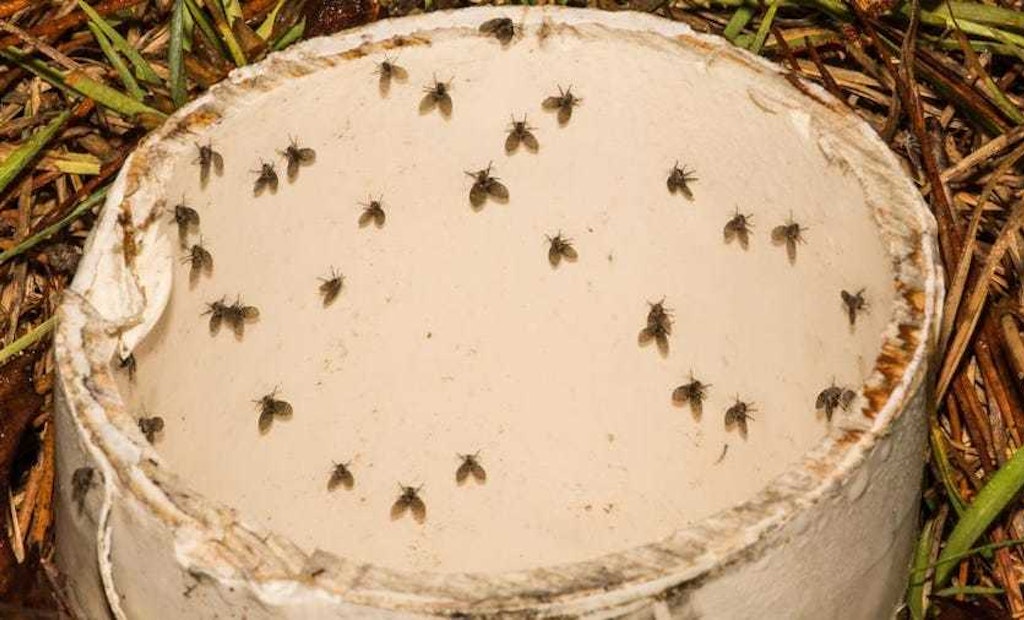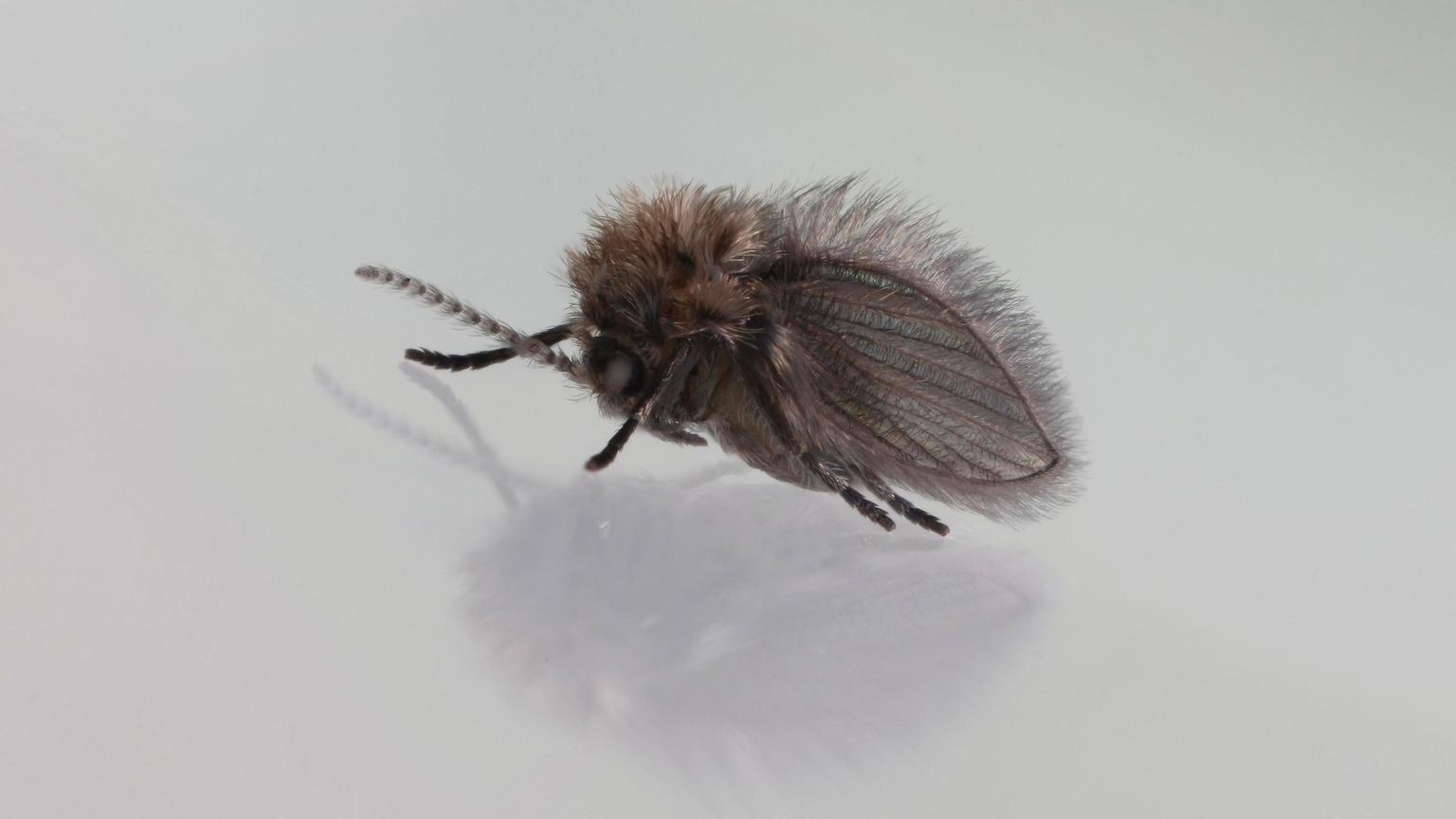Interested in Systems/ATUs?
Get Systems/ATUs articles, news and videos right in your inbox! Sign up now.
Systems/ATUs + Get AlertsWhat is a sewer fly?
There is more than one species of fly, including houseflies, phorid flies and even blow flies, that may be associated with sewers and called a sewer fly, although the official family is Psychodidae. These flies have small, furry bodies and hairy wings, are about 1/8-inch in size, and are usually black but can also be brown in color. Their wings and bodies are covered with hairs and when crushed, they leave a powdery smudge. Adult sewer flies can live up to a month and they have a rapid reproduction cycle.
Where will you find sewer flies?
Sewer flies breed in drains, septic tanks, sewers and soil that has been contaminated with sewage. After a female moth or sewer fly lays her eggs in a moist, nutrient-rich environment.
Sewer fly larvae are surprisingly resilient and have been known to survive dramatic shifts in temperature. These larvae are also capable of surviving in very low-oxygen environments. Sewer fly larvae and pupae live in the thin film found in drains and septic tank field lines and on filter stones. The larvae feed on fungi, bacteria, algae and other microorganisms found in the liquid or slime layers that develop around debris in drains, sewage treatment beds and standing water. Sewer flies pupate near their larval nesting places, from which they emerge as fully grown adults.
1. Septic tanks - Sewer flies thrive in extremely moist and wet areas, feeding on all different kind of organic materials and their buildup, and therefore a septic tank is a perfect location for them. There is no evidence to suggest they are a problem in the septic tank as the flies will be eating organic material.
2. Outdoor pipes and soil treatment area lines - They breed where the larvae can survive best, in the thin jellylike films such as those that can be found in septic tank field lines. In small numbers, they can be helpful in breaking down material that blocks drainpipes but in large numbers contribute to plugging or clogging.
3. In homes – Sewer flies can be found in drains, bathroom pipes and other moist plumbing areas where organic material collects. Those wet areas of the home are potential breeding grounds. Home drains are a prime spot for stagnant water or bacteria to accumulate, especially if the sink or drain sits unused. If property owners have suddenly noticed an abundance of very small, moth-like creatures around sinks, showers or a bathtub it is likely sewer flies. They can reproduce in just 48 hours, making for an infestation to develop quickly.
What to do
If a property owner has identified sewer flies out outside their home, check for open vents or inspection ports, ponded areas of sewage, areas where rainwater pools, and areas where algae or mold grows on the soil of the foundation. If the sewer files are in the home the first step is identifying where they are breeding — where excess moisture and organic debris has built up. It could be in moist locations in the home or in fixtures and drains that are not commonly used.
The most effective way to correct and prevent sewer fly problems is to clean toilets, drainpipes, and traps to eliminate any gelatinous, rotting, organic matter. This eliminates the larval food source. Clean pipes and traps with a stiff, long-handled brush. After a thorough scrubbing, flush the lines with boiling water to remove any material left behind. There is no benefit to treating drains with chlorine bleach or ammonia. Stronger chemicals can kill off the sewer flies, but they will also kill off the necessary microbes in the septic system.
About the author
Sara Heger, Ph.D., is a researcher and educator in the Onsite Sewage Treatment Program in the Water Resources Center at the University of Minnesota, where she also earned her degrees in agricultural and biosystems engineering and water resource science. She presents at many local and national training events regarding the design, installation and management of septic systems and related research. Heger is the president of the National Onsite Wastewater Recycling Association and she serves on the NSF International Committee on Wastewater Treatment Systems. Ask Heger questions about septic system design, installation, maintenance and operation by sending an email to kim.peterson@colepublishing.com.







